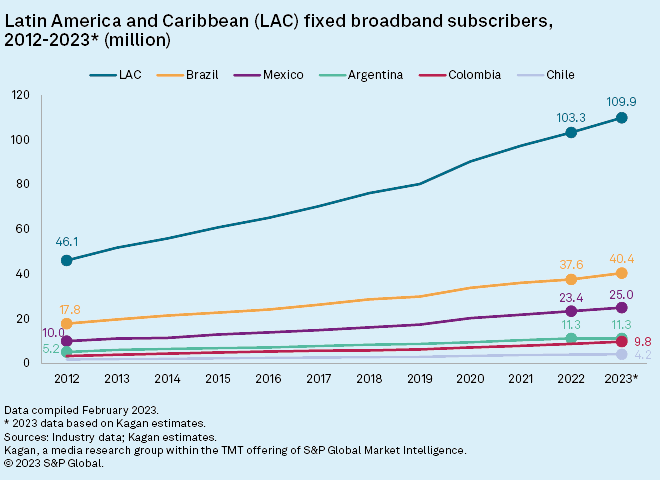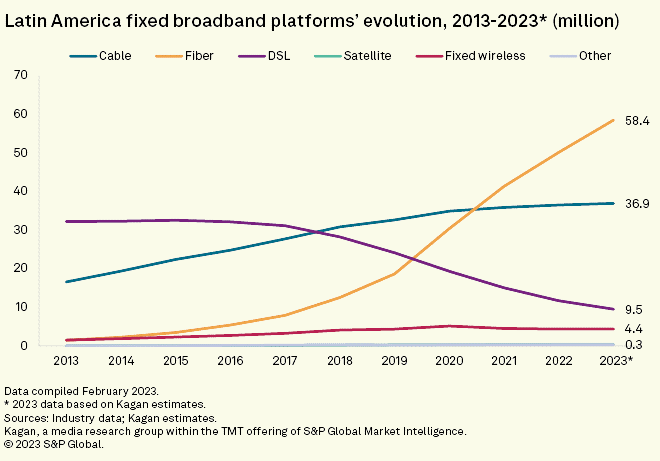The deployment of fiber optical networks in South American countries, specifically Brazil, Argentina, and Chile, has advanced rapidly in recent years. The expansion of fiber optical networks has transformed these countries into some of the largest fiber optical markets in the world.
In Brazil, the adoption of fiber optic networks has reached a significant level, making the country one of the largest fiber optical markets in the world. According to data from the British market research firm Omnicalculator, Brazil had over 16.5 million fiber optic subscribers by June 2021, resulting in a penetration rate of 84%. Additionally, as a leading supplier of fiber optic network equipment in China, Hosecom has hundreds of customers and agents in many countries in South America, making it a reliable supplier in the South American market.
In Argentina, the adoption of fiber optic networks has been increasing due to the growth of the telecom industry. According to official data from the national telecommunications regulator, by February 2021, Argentina had over 6.07 million fiber optic subscribers, resulting in a penetration rate of 14%. The country is also actively working to expand its fiber optic network to meet the growing needs of its users.

In Chile, the adoption of fiber optic networks has also gained momentum. According to data from the Chilean Telecommunications Committee, by the end of 2021, the country had over 16 million internet users, with 7 million of them being fiber optic users, resulting in a penetration rate of 40%. The Chilean government is also taking measures to optimize and expand its fiber optic network in order to better serve user demands.

Overall, fiber optical networks have been rapidly developed in South American countries such as Brazil, Argentina, and Chile, with their penetration rates increasing year by year. This has not only made the countries some of the largest fiber optical markets in the world but has also provided users with faster and more stable internet connections, meeting their growing demand for high-speed internet services.